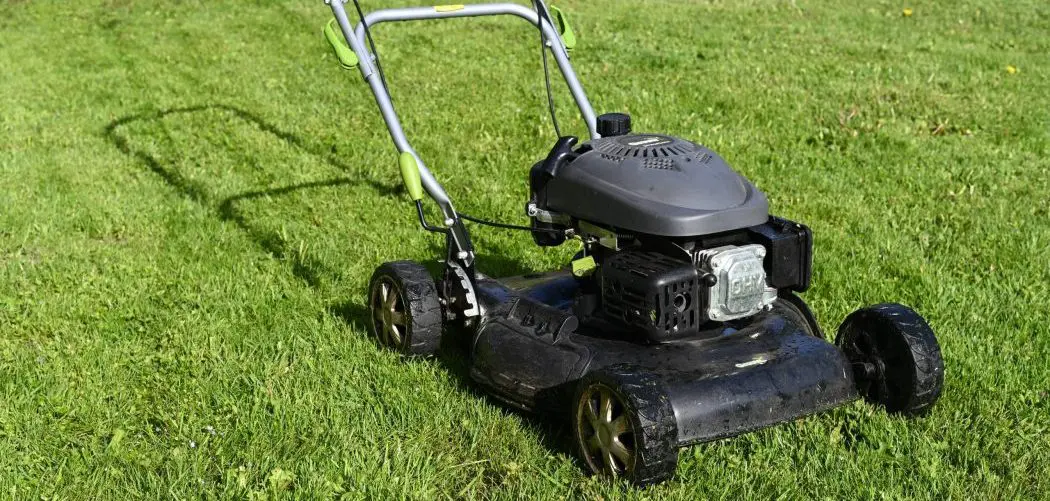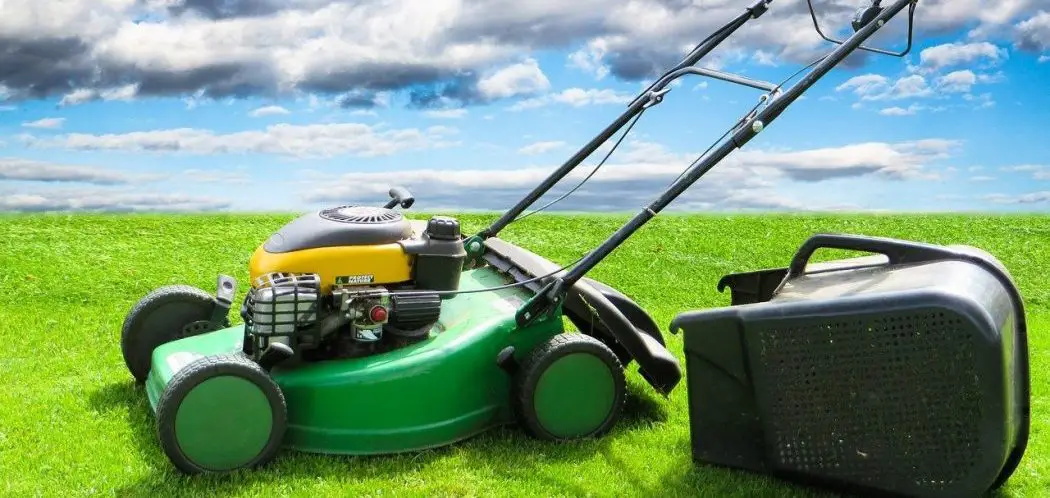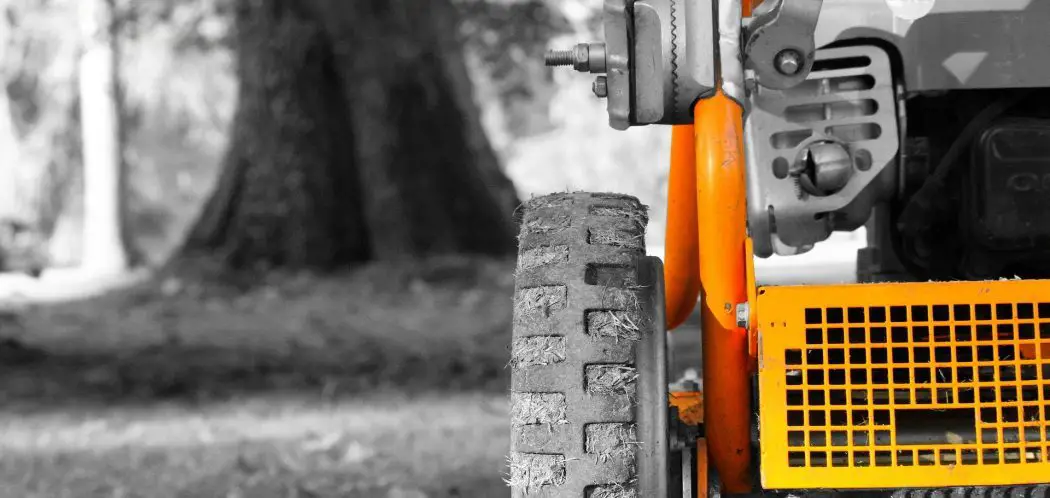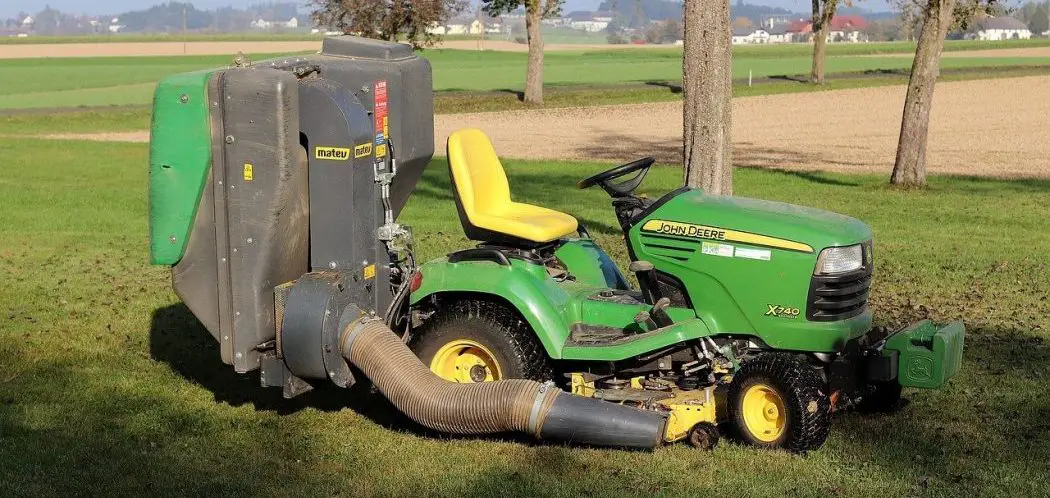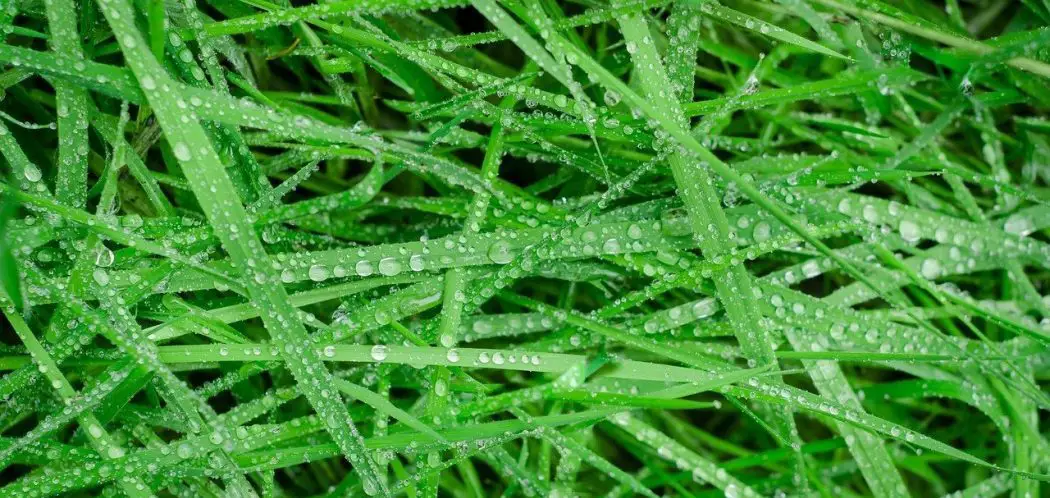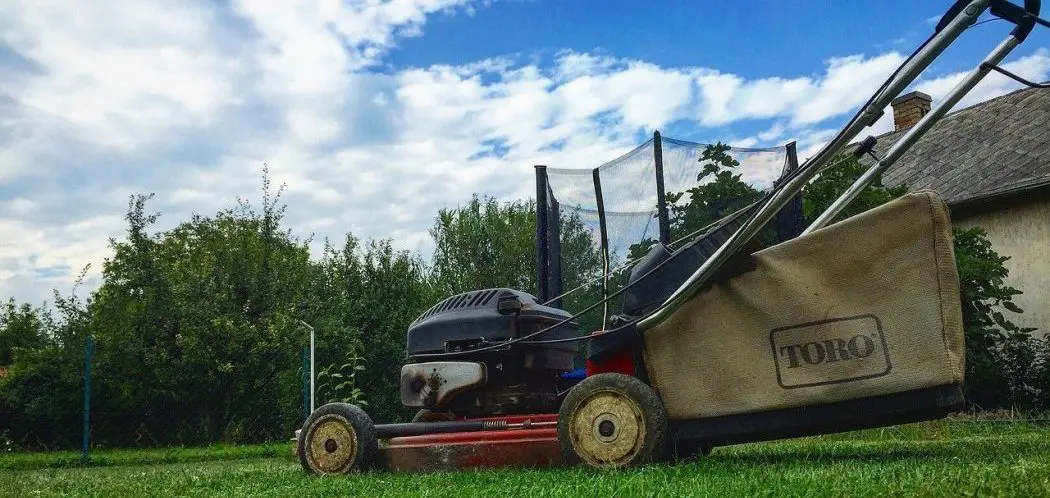When you’re mowing your lawn, deciding on what to do with the clippings is one of the biggest concerns. You can produce a huge amount when cutting the grass but what should you do with them?
You have a few options. Most people are familiar with the bagging technique. This is where the clippings are caught by a catcher and then disposed of elsewhere. The downside of this is that you’re missing a great opportunity to give your lawn different nutrients that it needs to really thrive. One of the best things you can do with the clippings is to let them fall back to the turf. It can have a huge impact on both the look and the health of your lawn.
Mulch mowing is great for retuning organic matter back into the lawn which helps to keep your grass growing strong.
What is mulch mowing?
Mulching is mowing without collecting. When you mulch mow, the mower’s blades finely chop up the grass clippings before releasing them back onto the lawn. If done correctly, these clippings are able to quickly break down to provide nutrients and valuable organic matter to your lawn and soil.
What is mulch?
Mulch is any material that you apply to the soil surface.
It’s commonly used to help with moisture retention, to save water and to reduce weed growth.
Organic mulch materials are used to enrich the soil.
Mulch can take the form of several materials. The material you choose will depend on what you want to get out of the mulch.
Some common mulching materials include:
- Dry leaves
- Twigs
- Bark chips
- Nutshells
- Compost
And yes… grass clippings!
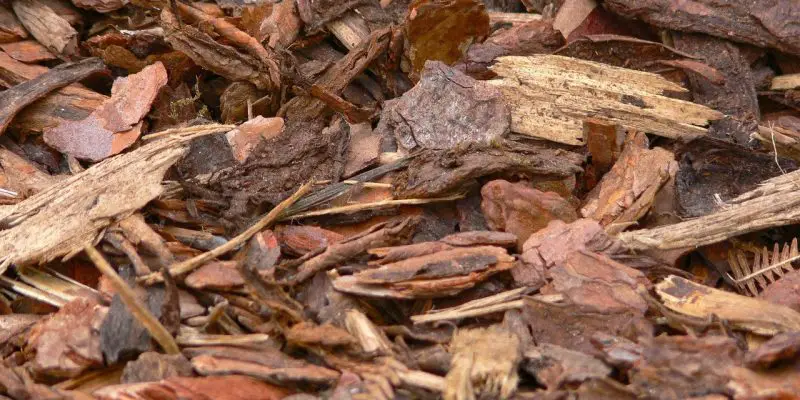
Mulch mowing nourishes the grass.
It’s like organically fertilizing your lawn every time you mow!
How does a mulching mower work?
As your mower’s blades spin, a rotational airflow is created under the deck. The grass within this swirl is chopped up over and over again until it becomes very fine. These clippings are then dropped back down onto the lawn where they can easily decompose.
You need a mulching mower to mulch…
The first thing to consider is what type of mower you have. If you want to mulch then you need a mulching mower.
It’s important to note that some mowers are actually designed to mulch while others are not. Typically, residential mowers are designed less for mulching than commercial mowers, even if they say that they are.
A mulch mower has a few design features that make it suitable for the task. This mostly relates to the blades, the deck and the power of the engine.
The blades
Not all blades are designed with mulching in mind but mulch mowing certainly requires a special type of blade. These usually have three cutting edges designed in a shape that creates a circular airstream.
Gator blades also work very well for mulching. This type of blade is specifically designed to increase airflow. They also have teeth to help to finely chop up the clippings.
Your mower needs to have enough power
You need to make sure your mower has enough power to mulch. A lot of the lower end mowers do not have enough power to chop up the clippings finely enough and I would not recommend mulching in this case. Leaving large clippings can have consequences which I’ll discuss later on.
Mulching can also cause a little extra stress on your motor, especially if you have thicker grass so I’d highly recommend a larger engine.
What about the deck?
The deck is usually a little heavier if the mower is designed to mulch. This is designed to help prevent the deck wobbling.
Some decks have specially designed deflectors that are used to keep the grass is the airstream.
Check your specific model
Your mower should have a mulch plug or a way to close of the bag option If you see a recycling symbol that’s likely an indication that you mowing is in fact capable of mulching.
Some mowers have a flick switch that you set to “mulch” or “bag”.
If you’re not sure whether your mower has mulching capabilities, I’d recommend googling the serial number to find out more information about your mower.
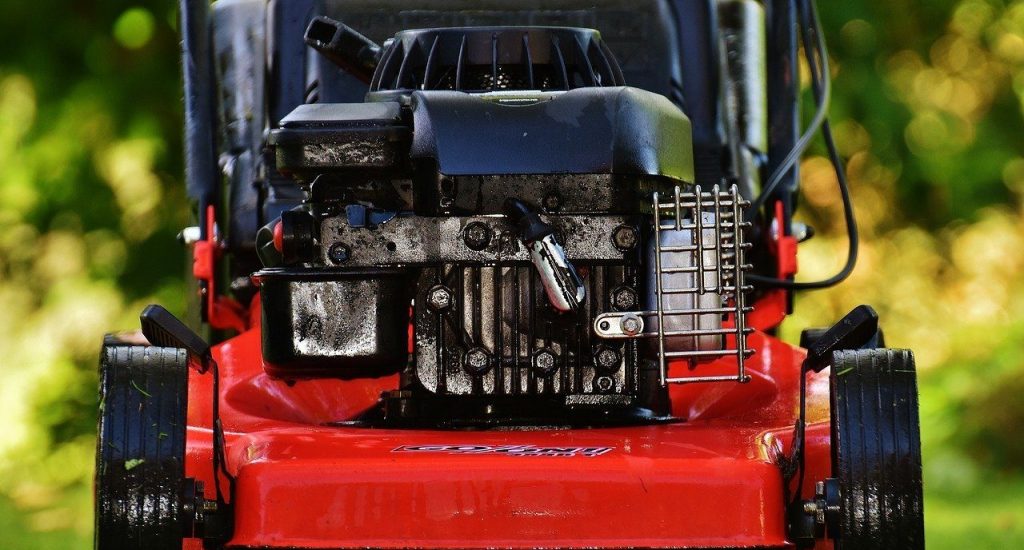
What’s all the fuss about? Why mulch?
Why would we want to return the grass clippings back into the lawn you might ask?
You don’t have to get rid of the grass clippings
This is probably the most obvious benefit. Mulching is great if you want to keep mowing without constantly stopping to dispose of the clippings. Finding a place to dispose of them is another issue you get to avoid too!
The grass clippings act are a natural fertilizer
The grass clippings are a great way to fertilize your lawn. The clippings are completely natural and it costs nothing to you. Releasing clippings back into the lawn is also great for the environment too so it’s a great alternative if you want to avoid using lots of chemicals on your lawn.
Before you go out to the store and buy more fertilizer, consider releasing the clippings back into the turf. By doing this you’re putting down…
- Nitrogen
- Phosphorus
- Potassium
- Other micronutrients
All of the above are critical to have a healthy turfgrass.
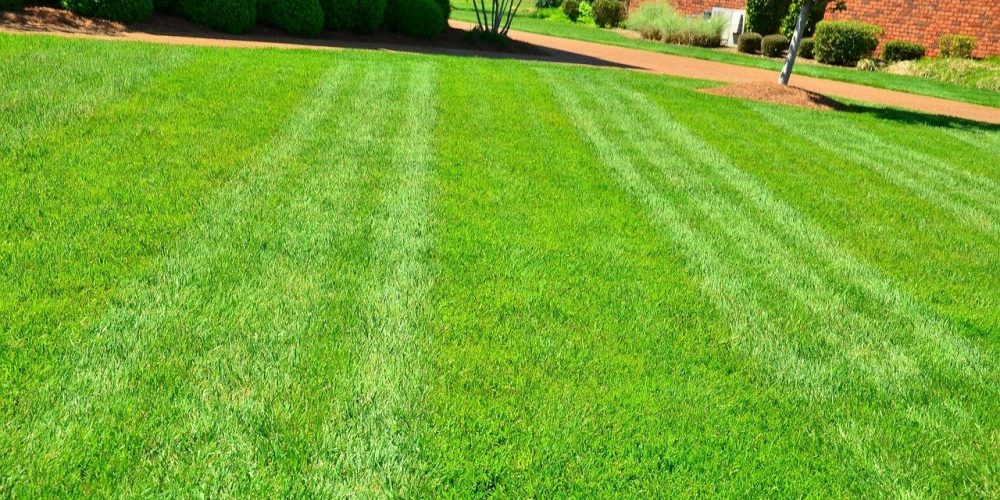
Grass clippings are a great source of organic matter
Adding organic matter to the soil it’s great for the overall health of the soil.
Better moisture retention
Grass clippings help to protective layer which can help your lawn to retain moisture. Leaving the clippings on your lawn is a great way to conserve water. Mulching can be a great way to make use of the waste. Instead of throwing it out, you’re putting the clippings do good use.
In some circumstances, you can get a more even cut because the mower will not get bogged down as the catcher fills up.
Mulch mowing can save you time!
Mulching can reduce the time you spend mowing the lawn because you don’t have to keep stopping to empty the bag.
No disposal
You don’t have to worry about dealing with all those clippings either.
You can also shred fallen leaves
If you’re left with a lawn covered in leaves in the autumn, your mulching mower can come in handy. It can easily chop up them so you don’t have to worry about raking.
It’s a great idea to mulch after regular recent granular fertilizer treatments
Do not bag after recent granular fertilizer treatments!
If you bag the clippings, there is a good chance that you’re sucking the product in to the bag, especially if you’re using an organic product which tend to be light. I’d definitely recommend mulching or you won’t get the benefit of any product you put down.
Myth busted!
One of the big myths of lawn care is that mulching can contribute to thatch but for the most part, returning the clippings back to the ground will NOT cause too much thatch build up.
Thatch is actually caused by a layer of roots and stems that build up too close to the surface, not be recycling the grass clippings in your lawn.
Make sure you follow the 1/3rd rule!
This says that you should never remove more than over 1/3rd of the turf’s height in a single mow. This part of the blade contains a lot of the moisture and nutrients your lawn needs.
If you don’t follow this rule, then you may have to remove the clippings otherwise you will end up with an accumulation of surface debris. This can lead to heat and moisture problems which can cause fungus or disease.
Do not mulch mow if…
- You have long grass – Mulching can clog up your lawn mower. You will end up with clumping piles and way too many grass clippings left on the lawn. This can lead to problems with fungus and disease.
- The grass is wet – Your mower will not be able to chop up the clippings properly. You’re likely to end up getting bogged down.
- You have a lot of weed seeds – If your lawn is a mess and covered by lots of lawn debris, I would not recommend mulching. If you have lots of weeds seeds, you can end up spreading them throughout your lawn causing you more future problems. If this sounds like your yard, I’d recommend bagging your clippings to clean up the area before you give mulching a go.
- You have brown or dead grass – There is very little nutritional value in the grass so you won’t get much benefit in putting it back into your lawn. In this case I’d recommend bagging the clippings. Make sure your grass is green! Green is good. Green grass is a sign that your grass has a lot of nutritional value so you will get benefits from putting git back into your lawn.
- You keep your very grass short – I wouldn’t recommend mulching if you keep your grass very short. Some of the warm season grass types like zoysia and bermudagrass are best kept at a very low height. In this case, I wouldn’t recommend mulching because you will have to regularly dethatch.
- You do not have a well-established lawn – If you don’t already have a lawn with well-established, beneficial microbes, mulching isn’t going to provide much benefit.
- Your located at a high altitude – At high altitudes, you won’t have the microbial activity for the grass to break down fast enough.
Problems caused by improper mulching
- Moisture issues –– If the mulch isn’t broken down into clippings that are fine enough, water can get stuck in the mulch and it’s unable to properly evaporate. You’re unable to get proper oxygen transfer.
- Fungal issues – Excess moisture can create an environment that can lead to fungal issues and disease.
- Wasting fertilizer – If you’re putting down a fertilizer and you have too many clippings on the lawn, the fertilizer is not able to get down into the soil. You won’t be giving the lawn the proper nutrients it needs. It’s a waste of the product too!
- Shallow root system – If the water is unable to penetrate down into the soil, you’re going to be left with a shallow root system. It’s recommended that you water deep and infrequent to help promote and healthy, deep and robust root system.
Mulching Tips
- Make sure you keep your lawn mower clean – It’s best to clean out the deck after each mow.
- Mow frequently – If you’re going to mulch, you can’t let the grass grow out. You don’t want long clippings being thrown back onto your lawn. By mowing frequently, the clippings will be shorter and you won’t smother your grass.
- Keep an eye out for clippings – If you can see streams of mulch behind your mower when you’re cutting the grass, it’s not being cut up finely enough.
- Don’t stop mid mow – You want to keep mowing continuously otherwise the clippings will fall off the blades onto the grass without being finely chopped up.
In Summary
I’d recommend mulching for most people who have lawns that are already in reasonable shape. It’s a great way to organically fertilize the lawn and improve the quality of your soil. While your mowing speed maybe a little lower than mowing with a side-discharge, you are able to mow non-stop when mulch mowing.
As long as you follow the 1/3rd rule, the clippings will not contribute to thatch.
While it can be a great way to improve the look and health of your lawn, it’s very important not to overlook the specific conditions needed for effective mulching. Make sure you’re watching all the variables involved. I’m not a fan of mulching unless it’s done correctly or the mulch will not break down as it needs to. You can end up causing more trouble that what’s it worth if you’re not careful.

